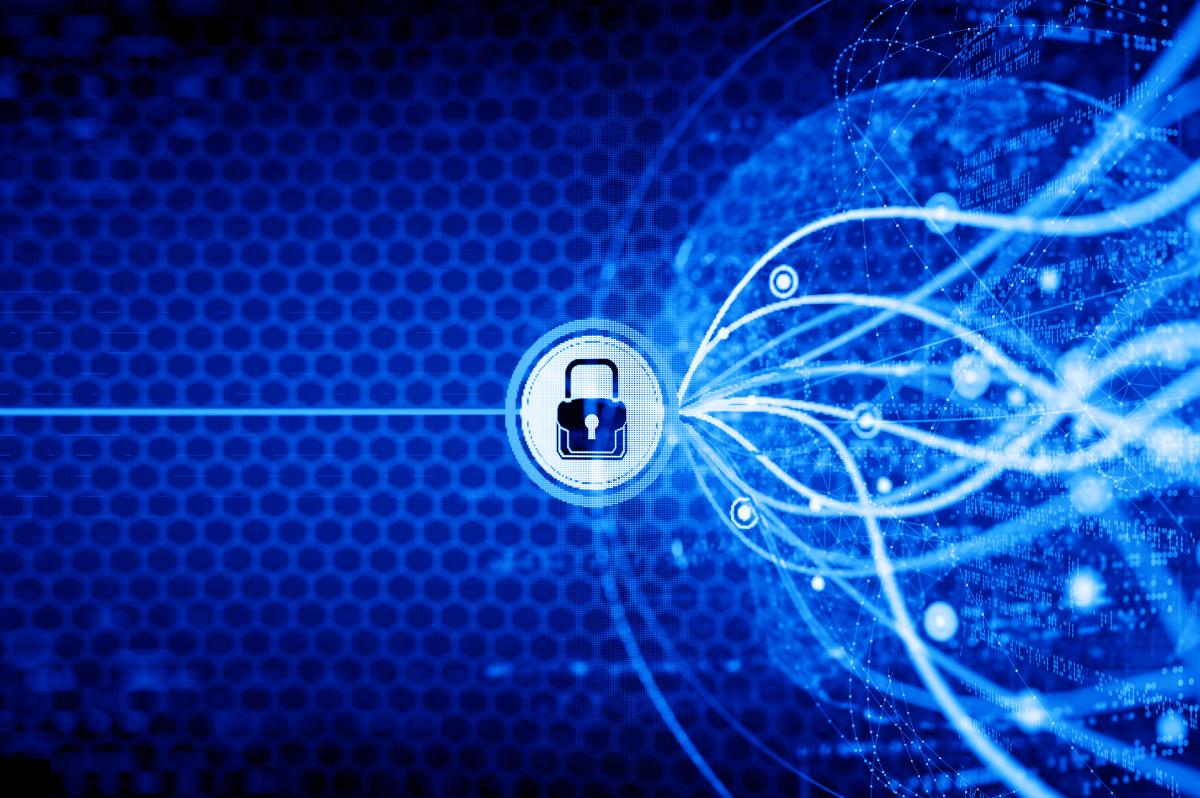A surge in phishing attacks in recent years, presenting a formidable challenge for enterprise organizations. With cybercriminals continuously refining their tactics, businesses find themselves grappling with the pressing need to fortify their defenses against this evolving threat. The implications of successful phishing attacks can be devastating, resulting in data breaches, financial losses, and reputational damage. To navigate this increasingly treacherous landscape, organizations must adopt a proactive stance that not only prioritizes immediate response mechanisms but also implements long-term strategies to mitigate the risks associated with phishing.
Understanding the Evolving Nature of Phishing Attacks
Phishing attacks have evolved significantly, transforming from rudimentary email scams into complex operations leveraging social engineering. Today’s cybercriminals employ advanced techniques such as spear-phishing and whaling to target specific individuals or high-level executives within organizations. These attacks are meticulously crafted using personal information often sourced from social media or other online platforms, increasing their likelihood of success.
The rise of remote work has further complicated the landscape. Employees working from home are often more vulnerable to phishing attempts due to less secure environments and a potential lack of vigilance. This shift has necessitated a re-evaluation of cybersecurity protocols, focusing on ensuring that remote workers are equipped to recognize and respond to threats effectively.
Phishing tactics are also becoming more sophisticated through the use of advanced technologies. Cybercriminals now deploy machine learning algorithms to create convincing fake emails and websites, making it more challenging for traditional security measures to detect and block these threats. In phishing attacks, threat actors often use well-known brands’ names to gain a victim’s trust faster. Additionally, attackers are increasingly targeting cloud services and collaboration tools, exploiting their widespread use within enterprise environments.
The growing use of mobile devices for business operations has introduced another vector for phishing attacks. Cybercriminals exploit vulnerabilities in mobile applications and messaging platforms, aiming to deceive users into divulging sensitive information or installing malicious software. This trend underscores the need for comprehensive security strategies that encompass all devices used within an organization.
To stay ahead of these evolving threats, it is crucial for organizations to stay informed about the latest phishing techniques and trends. This includes understanding how attackers gather intelligence on their targets, the types of lures they use, and the channels they exploit. By keeping abreast of these developments, organizations can better tailor their defenses to address the specific tactics employed by cybercriminals.
Overall, understanding the dynamic nature of phishing attacks is essential for developing effective countermeasures. Organizations must continuously adapt their strategies to anticipate and mitigate the risks posed by increasingly sophisticated phishing campaigns.
Identifying Vulnerable Points in Enterprise Systems
Identifying vulnerable points within enterprise systems is essential to effectively combat phishing attacks. Cybercriminals often target common entry points such as email accounts, cloud storage services, and collaboration tools. These platforms typically house sensitive information and can be exploited through tactics like impersonating legitimate services or leveraging compromised accounts.
A thorough risk assessment can shed light on areas of vulnerability within an organization. By analyzing user behavior and access patterns, it’s possible to pinpoint weaknesses that attackers might exploit. For instance, employees who frequently handle sensitive data or manage financial transactions are often prime targets as 1 in 3 employees are likely to click the links in phishing emails. Understanding these vulnerabilities enables the implementation of targeted training and awareness programs to mitigate phishing risks.
In addition to analyzing user behavior, it’s crucial to examine the technical aspects of your systems. This includes scrutinizing the security settings of email gateways, cloud services, and collaboration platforms. Ensuring that these systems are configured to minimize exposure to phishing attacks can significantly reduce risk.
Another area to focus on is the use of mobile devices within the organization. With the increasing reliance on smartphones and tablets for business operations, these devices become attractive targets for phishing attacks. Cybercriminals exploit vulnerabilities in mobile applications and messaging platforms, aiming to deceive users into revealing sensitive information or installing malicious software. Organizations should ensure that mobile security solutions are in place to protect against such threats.
Lastly, consider the role of third-party vendors and partners. These external entities often have access to internal systems and data, making them potential vectors for phishing attacks. Conducting thorough security assessments of third-party partners and enforcing stringent access controls can help safeguard against breaches originating from external sources.
By thoroughly identifying and addressing these vulnerable points, organizations can strengthen their defenses and reduce the likelihood of falling victim to phishing attacks.
Best Practices to Prevent Phishing Attacks
While the threat landscape is constantly evolving, enterprise organizations can implement several best practices to mitigate the risk of phishing attacks:
- Employee Training and Awareness: The first line of defense against phishing is an informed and vigilant workforce. Regular training sessions should be conducted to educate employees about the latest phishing tactics and how to recognize suspicious emails. Phishing simulation exercises can be particularly effective in reinforcing these lessons.
- Email Security Solutions: Advanced email security solutions that leverage machine learning and AI can help detect and block phishing attempts before they reach employees’ inboxes. These solutions can analyze email metadata, content, and attachments to identify potential threats.
- Zero Trust Architecture: Adopting a Zero Trust approach to network security ensures that all users, devices, and applications are continuously authenticated and authorized. This approach reduces the risk of lateral movement within the network, limiting the damage a successful phishing attack can cause.
- Regular Software Updates and Patch Management: Keeping software and systems up to date is crucial in preventing attackers from exploiting known vulnerabilities. Organizations should have a robust patch management process in place to ensure that all applications and operating systems are regularly updated.
- Incident Response Plan: Despite the best preventive measures, phishing attacks can still occur. Having a well-defined incident response plan ensures that the organization can quickly respond to and contain the attack, minimizing its impact. This plan should include procedures for reporting phishing attempts, isolating affected systems, and communicating with stakeholders.
- Threat Intelligence Sharing: Participating in threat intelligence sharing communities can provide organizations with insights into emerging phishing threats and tactics. By staying informed about the latest trends in cybercrime, organizations can proactively adjust their defenses.
Prioritizing Cybersecurity Products to Mitigate Phishing Risks
Selecting the right cybersecurity products to mitigate phishing risks is a crucial task for any enterprise. The vast array of available solutions can be daunting, but the selection process should start with a deep dive into the organization’s unique needs and existing security gaps. This recent article by Denny LeCompte, Portnox CEO, published on VMBlog discuss the delicate balance between rapid security updates and potential risks.
Advanced email filtering solutions should be high on the priority list. These tools are designed to detect and block malicious messages before they even reach employees’ inboxes, significantly reducing the chance of a phishing attack being successful.
Threat intelligence platforms offer invaluable real-time insights into emerging threats and phishing tactics. By staying informed about the latest developments, organizations can adjust their defenses proactively. It’s also important to evaluate the integration capabilities of these products with your existing security infrastructure. A well-integrated suite of tools can streamline security operations, improve response times, and enhance overall effectiveness.
Endpoint detection and response (EDR) tools are also worth considering. These solutions monitor network and endpoint activities to identify suspicious behavior, offering an additional layer of protection against sophisticated phishing attempts that may slip through other defenses.
Investing in Security Information and Event Management (SIEM) systems can provide a centralized view of security events across the organization. SIEM solutions collect and analyze data from various sources, making it easier to identify and respond to potential phishing threats in real-time.
Finally, don’t overlook the importance of user education platforms. While technology plays a critical role in defending against phishing, well-informed employees are often the first line of defense. Automated training programs can keep the workforce updated on the latest phishing tactics and best practices, further reducing the risk of an attack being successful.
Optimizing Your Cybersecurity Budget for Maximum Impact
To make the most of your cybersecurity budget amidst the rising threat of phishing attacks, strategic allocation of resources is key. Begin with a comprehensive assessment of your current security posture to identify critical areas that need immediate attention. Focus on high-impact initiatives such as advanced email filtering solutions, which can prevent malicious messages from reaching employees and other zero trust activities to bolster access security.
Automation tools offer a cost-effective way to enhance your cybersecurity framework. By automating repetitive tasks, your security team can devote more time to strategic planning and incident response. Investing in endpoint detection and response (EDR) tools can also provide significant value, offering real-time monitoring and rapid threat mitigation.
Collaboration across departments is another essential factor. Work closely with IT, human resources, and executive leadership to ensure a cohesive and unified approach to cybersecurity. This cross-functional collaboration can uncover unique insights and opportunities for improvement that might otherwise be overlooked.
Regularly updating and patching security systems is a crucial, yet often cost-effective, measure to protect against known vulnerabilities. Consider allocating budget for ongoing employee training programs, including simulated phishing exercises, to keep staff well-informed and vigilant against potential threats.
Lastly, stay proactive by investing in threat intelligence services. These platforms provide real-time updates on emerging phishing tactics, enabling your organization to adapt its defenses promptly. A well-informed approach allows you to anticipate and counteract new threats before they can cause significant harm.
By strategically investing in these key areas, you can maximize the impact of your cybersecurity budget, ensuring robust defenses against the ever-evolving landscape of phishing attacks.
Conclusion
Phishing attacks represent a significant and growing threat to enterprise organizations. As cybercriminals continue to refine their tactics, it is essential for practitioners to stay vigilant and adopt a multi-layered approach to security. By combining employee education, advanced technology, and a proactive security strategy, organizations can reduce their vulnerability to phishing attacks and protect their critical assets.
In the end, cybersecurity is not just about technology—it’s about people. Empowering employees with the knowledge and tools they need to recognize and respond to phishing threats is the most effective way to build a resilient security posture.
Try Portnox Cloud for Free Today
Gain access to all of Portnox's powerful zero trust access control free capabilities for 30 days!




